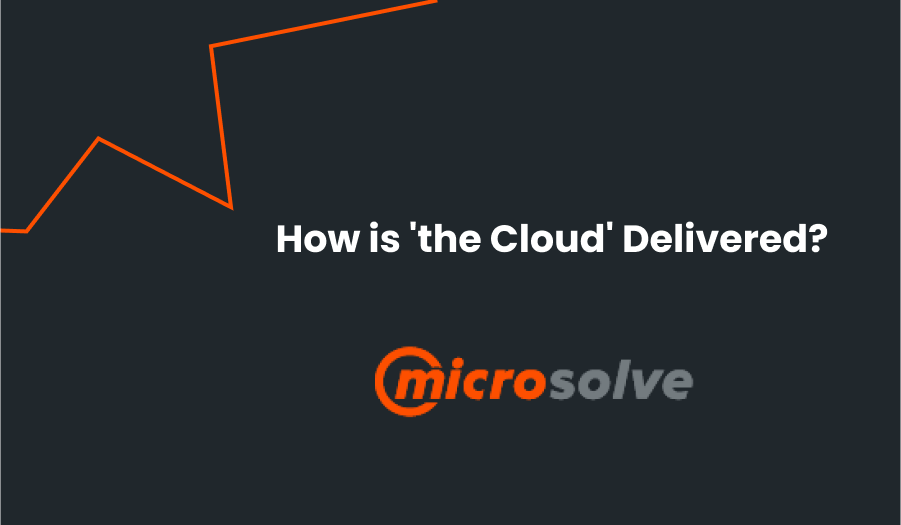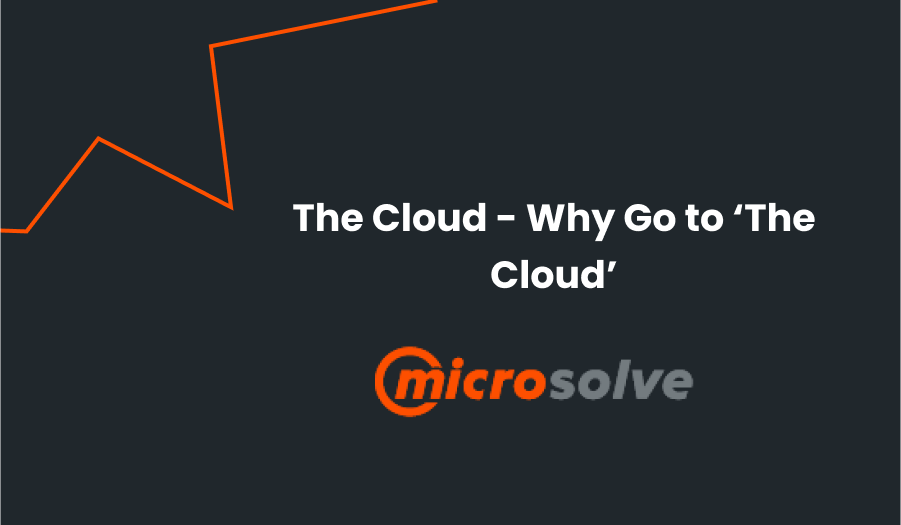There are generally four models of Cloud based delivery of applications and data:
- Software as a Service – known as SaaS;
- Desktop as a Service – known as DaaS;
- Infrastructure as a Service – known as IaaS; and
- Platform as a Service – known as PaaS.
Software as a Service (SaaS)
The most widely recognised forms of Cloud based solutions are what we would call Software as a Service (SaaS). SaaS encompasses products like Microsoft Office 365, Google Apps, Xero Accounting and Adobe.
When using SaaS you are purchasing a service, which may also include licensing, usually on a rental type basis. Usually all you require is a web browser to connect to the SaaS application and everything else is managed by the service provider.
An important consideration with SaaS is that generally patches, updates and uprgrades are applied to all customers at the same time and you may not have the ability to “opt out” of changes that may negatively impact your business. Additionally many SaaS offerings do not provide the facility or opportunity to conduct testing of updates and upgrades prior to their implementation.
Desktop as a Service (DaaS)
Desktop as a Service moves the actual desktops that your users use into ‘the Cloud’ and can deliver the desktop experience almost anywhere and on almost any device.
Most smartphones, tablets and other devices can act as a client for DaaS allowing users to have their desktop move with them through the day and as they travel. Imagine for a moment your staff being able to start the day at home logged onto their desktop, meet a client in a café for coffee and still have access to the same desktop exactly as they left it and even fly across the country, or indeed the world, and later that night access their desktop from their hotel room and again have exactly the same experience as they had at each location during the day.
Infrastructure as a Service (IaaS)
Infrastructure as a Service delivers you storage and computing power that you configure and manage to build your own infrastructure in much the same way as you would with on-site physical servers.
IaaS frees you from the hardware maintenance and purchasing cycle as this function is performed by the IaaS provider. IaaS also makes performance upgrades especially easy as you just request increased memory, CPU or disk space from the provider without actually having to physically upgrade hardware.
Additionally many IaaS platforms take advantage of technologies that allow for high availability where running machines can be moved from one physical server to another in the event of high load or hardware failure with minimal impact on the user experience.
Platform as a Service (PaaS)
Platform as a Service (PaaS) provides what is usually a development platform on which you can build your applications and services. It is sometimes considered by people to be a mix of IaaS and SaaS.
Examples of PaaS can be things like web development platforms such as Microsoft Azure Web Applications.
Accessing ‘the Cloud’
Depending on the type of Cloud model you have chosen (public, private or hybrid) you will access your applications, services and data through a number of different means.
Types of Networks:
Private Networks
Private networks are direct physical interconnections between one or more sites. One of these sites is generally where your applications and data are hosted and the other sites are your locations or branch offices etc.
Private networks are generally more expensive to establish and maintain but provide the highest level of security for your data.
Private Clouds are normally accessed via a private network.
Virtual Private Networks (VPN)
A VPN is a private network that is created by “tunnelling” through the public internet. Even though the data is carried across the public internet, the VPN ensures security and privacy of your data while it is traversing the public internet.
VPNs offer the flexibility of having the security of a private network generally at a lower establishment cost than a physical private network as public/shared infrastructure is used.
VPNs can also offer the advantage of being able to be accessed from anywhere assuming the user has the correct access technology and security credentials to access the VPN. This allows your users to access private infrastructure potentially from anywhere in the world, however it is important to ensure that sufficient security is in place to keep the network secure when access is allowed from anywhere.
Public Internet
Some public Cloud services are accessed directly via the public internet. You are able to access these applications from anywhere using a standard Web browser.
Current web browsers contain a technology called Secure Sockets Layer (SSL) that uses a combination of encryption and publicly registered certificates which allows them to establish a secure connection from your device to an application or service located in the public Cloud.
In this four-part series we will look at:





